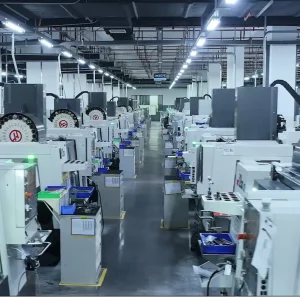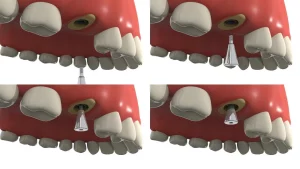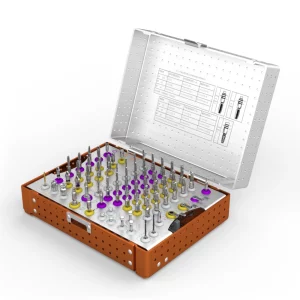As the dental implant market continues to flourish, it’s evident that there are significant price differences among various brands and channels, leaving many consumers confused. This article will explore the reasons behind these price discrepancies from the perspective of dental implant manufacturers, helping consumers make informed choices.

Price Differences in Dental Implants
With advancements in technology and improvements in healthcare, dental implants have become a widely accepted method for dental restoration. However, the prices of dental implants in the market vary considerably for several reasons:
- Raw Materials and Production Costs
The first reason for the price differences in dental implants stems from variations in raw materials and production costs. High-quality dental implants typically use high-performance titanium alloys or pure titanium, which have excellent biocompatibility and mechanical properties but come at a higher cost. In contrast, some low-cost implants may utilize cheaper alternatives, such as standard titanium alloys or stainless steel, which can meet basic needs but may compromise on durability and biocompatibility.
Improvements in production processes and higher levels of automation have also reduced production costs to some extent. Mass production allows for the spreading of fixed costs and increases efficiency, leading to lower prices. On the other hand, small-scale customization can lead to higher costs due to complex processes and material waste.
- Market Competition and Brand Effect
Well-known brands typically enjoy higher market recognition and reputation, allowing them to charge a premium. Emerging brands often rely on competitive pricing to attract consumers and gradually establish their market presence.
- Sales Channels and Marketing Strategies
Sales channels and marketing strategies are also key factors influencing dental implant prices. Direct sales models can reduce intermediary costs, leading to more competitive pricing. In contrast, distribution models may increase prices due to multiple layers and complex profit-sharing. Additionally, promotional activities and coupons are common strategies manufacturers use to adjust prices.
- Quality and Service
Quality and service are crucial factors affecting the price of dental implants. Low-cost implants may compromise on quality control, such as reducing inspection processes or using subpar materials. While this approach can lower costs in the short term, it may result in unstable product quality and increased repair or replacement costs in the long run.
In contrast, DentalMaster emphasizes materials, craftsmanship, and long-term durability while providing a comprehensive after-sales service system. Although this increases manufacturing costs, it significantly enhances consumer satisfaction and loyalty.
Conclusion and Recommendations
In summary, the reasons for price differences in dental implants primarily include raw materials and production costs, market competition and brand effects, sales channels and marketing strategies, and quality and service. For manufacturers, finding a balance between price and quality is key to achieving sustainable development. Consumers should also consider these factors when choosing dental implants to ensure optimal treatment outcomes.





